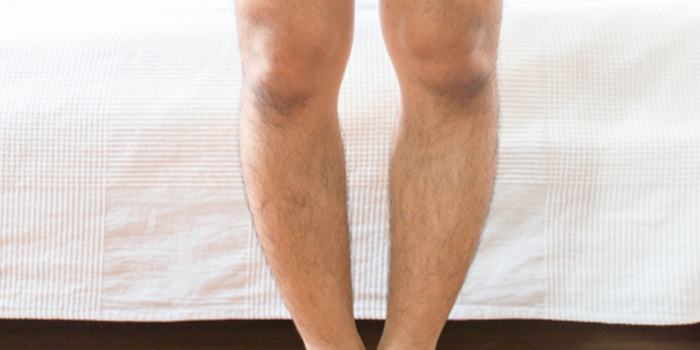Rickets
Need Help? Call Here
+971 55 213 1126

Rickets
Rickets is a condition that affects bone development in children. It causes bone pain, poor growth and soft, weak bones that can lead to bone deformities.
What causes rickets?
A lack of vitamin D or calcium is the most common cause of rickets. Vitamin D largely comes from exposing the skin to sunlight, but it’s also found in some foods, such as oily fish and eggs. Vitamin D is essential for the formation of strong and healthy bones in children.
In rare cases, children can be born with a genetic form of rickets. It can also develop if another condition affects how vitamins and minerals are absorbed by the body.
Who is affected?
Rickets was common in the past, but it mostly disappeared in the western world during the early 20th century after foods like margarine and cereal were fortified with vitamin D.
However, in recent years, there’s been an increase in cases of rickets in the UK. The number of rickets cases is still relatively small, but studies have shown a significant number of people in the UK have low levels of vitamin D in their blood.
Any child who doesn’t get enough vitamin D or calcium either through their diet, or from sunlight, can develop rickets. But the condition is more common in children with dark skin, as this means they need more sunlight to get enough vitamin D, as well as children born prematurely or taking medication that interferes with vitamin D.
Symptoms
Rickets causes a child’s bones to become soft and weak, which can lead to bone deformities.
- pain: the bones affected by rickets can be sore and painful, so the child may be reluctant to walk or may tire easily; the child's walk may look different (waddling)
- skeletal deformities: thickening of the ankles, wrists and knees, bowed legs, soft skull bones and, rarely, bending of the spine
- dental problems: including weak tooth enamel, delay in teeth coming through and increased risk of cavities
- poor growth and development: if the skeleton doesn't grow and develop properly, the child will be shorter than average
- fragile bones: in severe cases, the bones become weaker and more prone to fractures
Who's at Risk?
Any child who does not get enough vitamin D or calcium can develop rickets, but there are certain groups of children who are more at risk.
For example, rickets is more common in children of Asian, African-Caribbean and Middle Eastern origin because their skin is darker and needs more sunlight to get enough vitamin D.
Babies born prematurely are also at risk of developing rickets because they build up stores of vitamin D while they’re in the womb. Babies who are exclusively breastfed, especially for longer than six months, may also be at risk of vitamin D deficiency.
Treatment
As most cases of rickets are caused by a vitamin D and calcium deficiency, it is usually treated by increasing a person’s intake of vitamin D and calcium.
- eating more foods that are rich in calcium and vitamin D.
- taking daily calcium and vitamin D supplements.
Sunlight also helps our bodies to make vitamin D, so you may be advised to increase the amount of time your child spends outside for safe exposure to sunlight.
